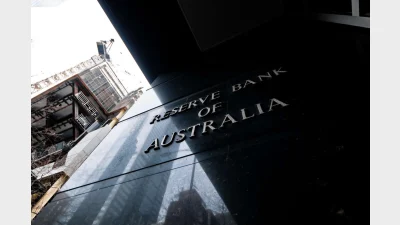Listed infrastructure gaining traction
The big industry super funds have historically had a bias towards direct infrastructure, but they are starting to come around to listed infrastructure, according to Colonial First State Global Asset Management (CFSGAM) head of global infrastructure securities, Peter Meany.
Funds with over $10 billion in funds under management have tended to go direct when it comes to infrastructure, because their scale means they can cope with the illiquid nature of the asset, Meany said.
However, there are drawbacks to going direct into the infrastructure market, he said.
"By nature, [infrastructure assets] tend to be fairly scarce assets. They tend to be big tickets, so when they do come up, there's quite heavy competition for quality infrastructure assets, so [the funds] have had to pay some pretty big premiums to get hold of those assets completely," Meany said.
In addition, large pension funds and sovereign wealth funds in the UK, Europe and the US have stated their intention to increase their exposure to infrastructure, which means the competition for low-country-risk assets is only going to heat up, he added.
Consequently, the big funds have started to "open their eyes to some alternative ways to access the asset class", one of which is by looking into listed infrastructure, he said.
Listed infrastructure has the benefit of containing a "big universe of stocks", and funds can use the asset class "to put hundreds of millions of dollars to work overnight", Meany added.
"Trustees are putting pressure on investment teams to think about other ways to get an exposure to infrastructure assets that offer some diversification and liquidity, hence the interest in listed," he said.
CFSGAM's global listed infrastructure fund recently passed the $1 billion in funds under management mark, following a series of allocations from institutional and retail investors in Australia, Europe and the UK, said Meany.
He pointed to the fund's outperformance compared to the MSCI global equities index since the fund's inception in June 2007.
In 2011 the fund was up 9 per cent, while global equities were down 2 per cent; and in 2008 the fund lost 30 per cent, compared with global equities which were down 39 per cent, Meany said.
Recommended for you
A hawkish post-meeting RBA has cast doubt over the possibility of another rate cut in 2025.
Super funds are being urged to do more to protect older women from financial insecurity as life events widen retirement gaps.
The central bank has announced the official cash rate will remain at 3.6 per cent following higher-than-expected inflation figures.
Equip Super has appointed Michelle Cheong as chief risk officer, strengthening its governance framework with nearly two decades of industry experience.










